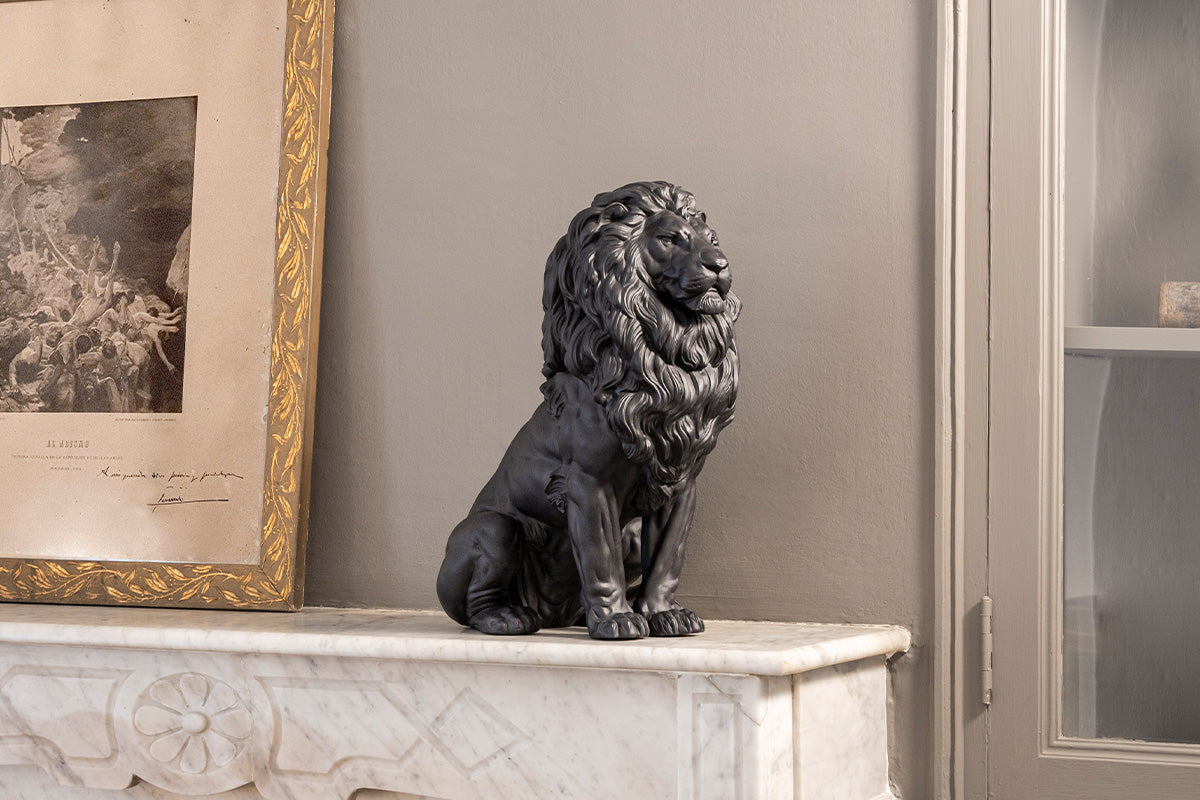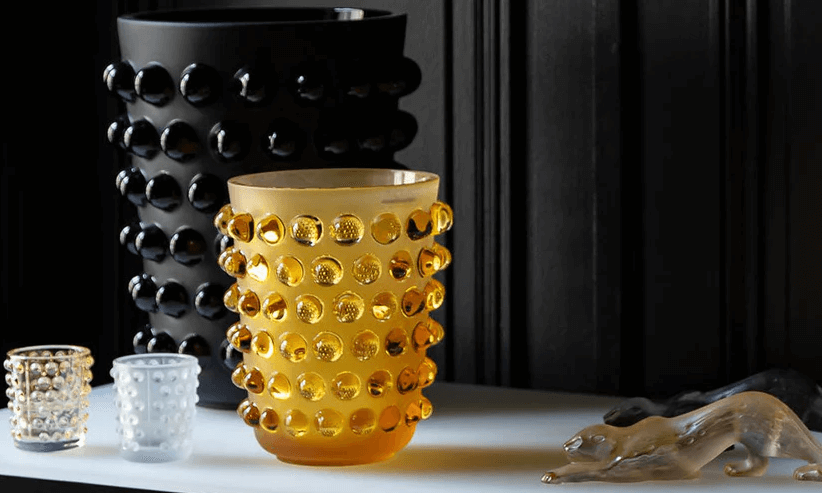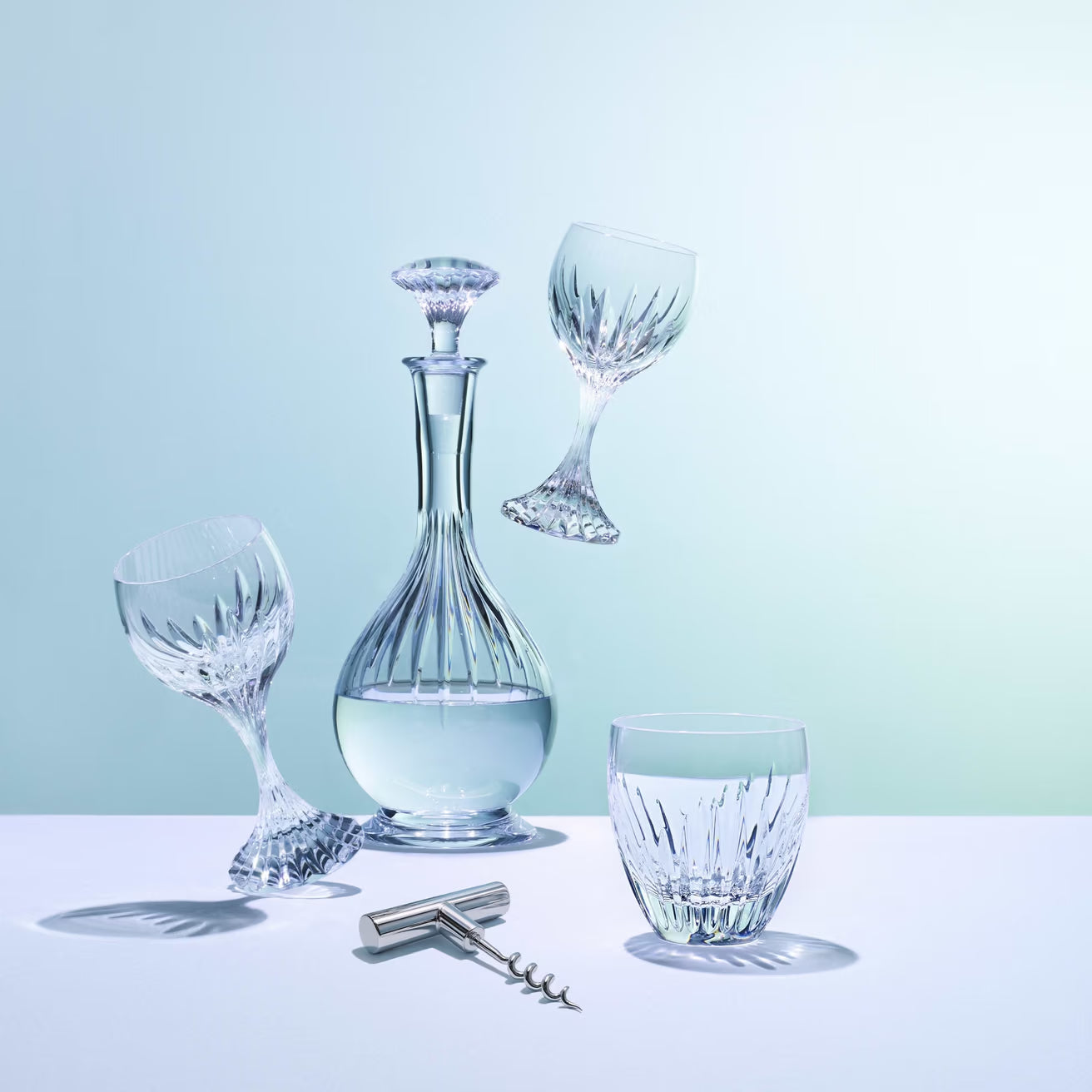Frida Kahlo: 4 Reasons Why She Is a Feminist Icon
Share
Frida Kahlo's Self Portrait Sets New Records at Auction
On November 20, 2025, the art world witnessed a historic moment at Sotheby's New York when Frida Kahlo’s 1940 self-portrait El sueño (La cama) (The Dream (The Bed)), sold for a staggering USD54.7 million ($83.7 million) (before buyer's premium and seller's commission). This sale shattered previous auction records, becoming the most expensive artwork by a female artist ever sold, surpassing Georgia O'Keeffe’s long-held record of USD44.4 million ($67.9 million) for Jimson Weed/White Flower No. 1. The painting, which depicts the artist asleep in a cloud-wreathed bed beneath a skeleton wired with dynamite, also broke the record for a Latin American artist, a title previously held by Kahlo’s own Diego y yo at USD34.9 million ($53.4 million). This event underscores the skyrocketing market value of Kahlo's work, cementing her status as one of the most significant figures in art history.

Frida Kahlo's self portrait El sueño (La cama). (Source: Sotheby's)
___
We all know Frida Kahlo’s story (if you don’t, scroll to the bottom to read a short synopsis of the Mexican artist’s life), and how she is a feminist icon. But why is she known for that?

Henry Ford Hospital, 1932 by Frida Kahlo, Credit: www.fridakahlo.org
Non-gender-conforming stereotypes
Frida was born in 1907, a time when gender roles were very clear and segregated. Instead, she smoked, boxed, dressed as a man and even won tequila challenges against men. This doesn’t mean she didn’t embrace her femininity. On the other hand, she is also known in the fashion world for having a great eye for style, wearing colourful dresses, mixing ethnic traditional costumes and modern clothes, and decorating her hair with braids and flowers.
Frida embraced her whole self, her true self - her femininity and masculinity, and instead of speaking of it, she lived that confidently. She never tried to hide her ‘masculine‘ features, instead, she exaggerated these features such as her mono-brow and faint moustache in self-portraits. She was comfortable in expressing the many facets of herself, something that many women in her time did not. To put this in perspective, in the 1920s, a legislative bill in Virginia attempted to prohibit women from wearing shirtwaists or evening gowns that displayed more than three inches of her throat. It is at this same time, that Frida Kahlo turned up in suits in family portraits.
Expression of experiences, struggles, and inner thoughts of real women
When you walk through Casa Azul in Mexico City, where Frida Kahlo’s home has been turned into a Frida Kahlo museum, you see her works, finished artworks placed amongst her sketches and personal items. Her art is self-explanatory, and what you see is her inner thoughts or viewpoint translated into a visual form. She painted raw, painful honest experiences that many women face but never expressed. Her paintings of abortion, miscarriage, wants, needs, breastfeeding and so forth are usually not usually discussed, or sometimes ignored. Frida Kahlo referred to her self-portraits are “the frankest expression of myself“, where she can convey what is on her mind, whether she is ready to face it or not.
Despite the rigid gender divide of the 1900s, Frida was honest about being a woman. There was no sugar-coated, glossy version of herself that she paints for the world. She embraced her circumstances and told her story. And that is what puts her, even now, at the forefront of being a feminist. Never once did she hide, cower or expect to be shielded from the harsh realities of her life.
Frida was openly bisexual

The love of her life - Diego Rivera. Credit Paul A. Juley. Portrait of Frida Kahlo and Diego Rivera, 1931. Chester Dale papers, circa 1883-2003.
Frida’s relationship and marriage with Diego Rivera was messy. Both had multiple affairs, divorced once, and got married again a year later. Amongst Frida’s multiple affairs include Parisian entertainer Josephine Baker, who was also part of the French Military Intelligence, working against Hitler. They were famous for being openly bisexual.
She took charge of her life
Even after everything she’s gone through, contracting polio at six, the agony of spina bifida and her near-fatal car accident, she never saw herself as the victim. Yes, she was in a lot of pain, and have suffered a lot in her life, and expressed her struggles, but she never blamed anybody nor saw herself as being helpless. She always met them head-on, like the strong, fierce portraits taken by the various photographers amazed at how she conveys inner strength.
Frida could have so easily adopted a victim mindset, but instead, she transformed her harsh realities into a passion for her art, the conviction of her self identity, and challenged social values of that time.
Lladró’s Frida Kahlo
Lladro’s Frida Kahlo Blue Limited Edition, retired in 2019 and fully sold out
A numbered edition piece of 250, Frida Kahlo is painted in vivid blues, greens and reds. The six large flowers in her hair are handmade with such precision and attention to detail that they almost seem real. And the little monkey accompanying her is a sign of Frida’s love for nature and animals. In addition, Frida is wearing skull earrings, an homage to the famous Mexican symbol of Catrina, made in porcelain and gold-plated brass.
The monkey that you see perched on her left shoulder is a common sight in her self portraits. Eight of her 55 portraits feature spider monkeys. She often kept monkeys as pets at her abode, the house-turned-museum Casa Azul. She once said that monkeys symbolised the children she could never bear because of the injuries she suffered from the bus accident. She had several miscarriages, and could never come to terms with the fact that she could not bear a child.
Frida Kahlo’s story

Diego gifted a Fulang-Chang, a spider monkey to Frida
Born Magdalena Carmen Frieda Kahlo y Calderón on the 6th July 1907 in Mexico, Frida Kahlo was a brilliant artist known for her visually telling self-portraits. She explored the themes of self identity, her biological limitations, death and life. Her life was marked by pain, from the polio she contracted at five, the bus accident that nearly took her life caused severe injuries, and the many health complications as a result of these. Many of her self portraits were painted with her laying in bed.
Her tumultuous relationship with artist Diego Rivera was turbulent, and they often had fights, and each had multiple affairs, divorced once, and remarried again in less than a year. Frida Kahlo once wrote in her notebook “there have been two great accidents in my life,” - the terrible bus accident she was in at 18, and the time she met Diego Rivera.




